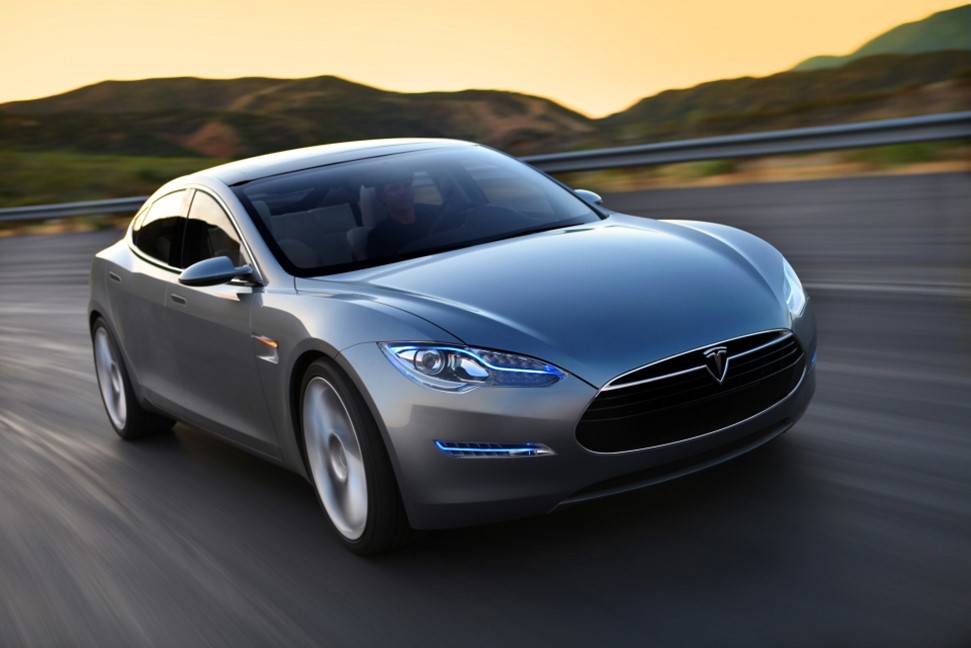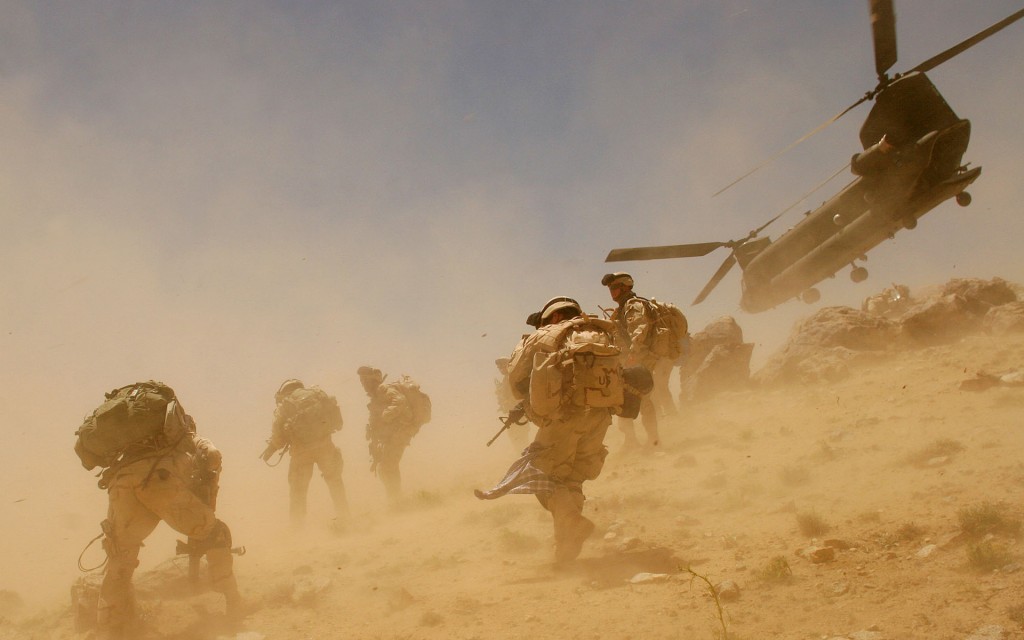The Economics Of Israeli Prime Ministerial Ice Cream
February 20, 2013 in Daily Bulletin

Marya Hannun posted a roundup of a crisis gripping Israel: their Prime Minister, Benjamin Netanyahu, has a crippling ice cream addiction:
- Netanyahu spends $2,700 a year on ice cream.
- His favourite flavour appears to be pistachio.
- Netanyahu claims that the ice cream is used to entertain guests. Skeptics point out if this was the case then he wouldn’t always be ordering pistachio.
- Obama, for one, prefers chocolate. Perhaps that’s why the two leaders don’t really see eye to eye.
Read more over here.
Source: Foreign Policy







Join the Discussion! (No Signup Required)